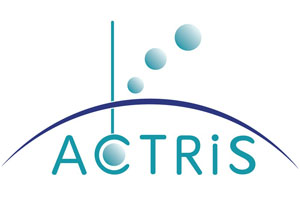Pandora sunphotometer
| PI | Stelios Kazadzis |
| Operator: | Panos Raptis |
| Participant | National Observatory of Athens |

Pandora is a small spectrometer system based on commercial spectrometers having the stability and stray light characteristics that make them suitable candidates for direct-sun measurements of total columns of ozone and other trace gases in the atmosphere. Sky observations are also made for deriving trace gas altitude profiles (e.g., NO2 and O3). The Pandora spectrometer system uses a temperature stabilized (1OC) symmetric Czerny-Turner system over the range 280 - 525 nm (0.6 nm resolution with 4.5x oversampling) with a 2048 x 64 backthinned Hamamatsu CCD, 50 micron entrance slit, 1200 lines per mm grating, and fed light by a 400 micron core diameter fiber optic cable. The fiber optic cable obtains light from the sun, moon, or sky from front-end optics with a 2.2O field of view (FOV) for direct-sun observations using a diffuser and 1.6O FOV for sky observations without a diffuser.
The optical head uses a double filter wheel containing 4 neutral density filters, a UV340 filter, a diffuser, and a blocked position. When combined with the variable exposure time (4 - 4000 ms), Pandora has a dynamic range of 107 to 1, which is sufficient for viewing both direct sun and sky, and for measuring the dark current in between each 20 second measurement (net measurement cadence is 80 seconds). On a clear-sky day, Pandora averages about 4000 direct-sun measurements in 20 seconds.
Measurements:
The Pandora system is ideal for land-based measurements. Data processing into trace gas amounts is done after a day's measurements and NO2 and O3 data are available for scientific research purposes. The Pandora Spectrometer System was originally developed at NASA's Goddard Space Flight Center with its first deployment in 2006 at the university in Thessaloniki, Greece. The Pandora system has a stable design capable of making unattended measurements over long periods. The instrument is capable of operating in a wide range of weather conditions, measuring every 10 to 20 minutes.
Instrument activity
Recent measurements
No measurements found.
